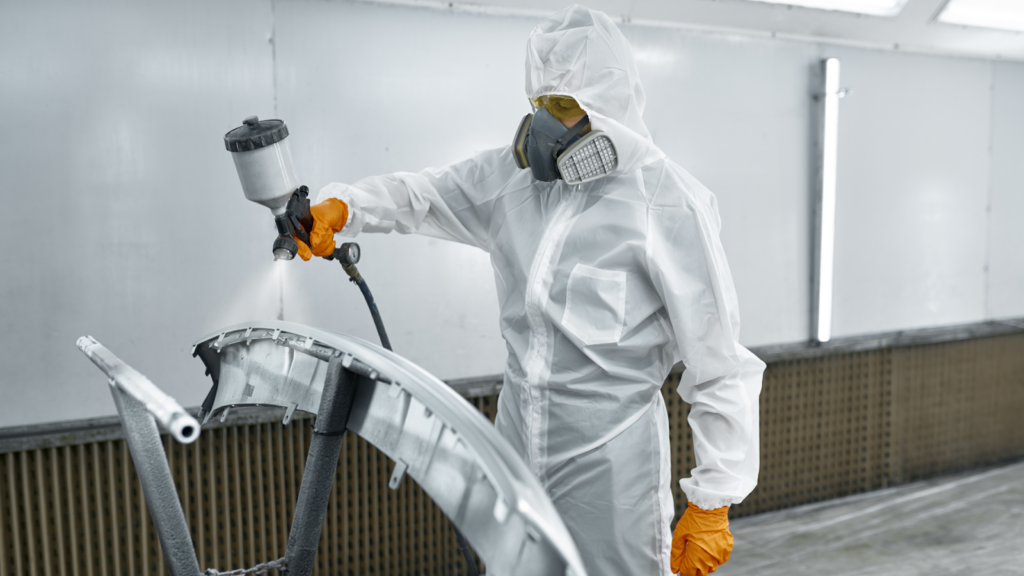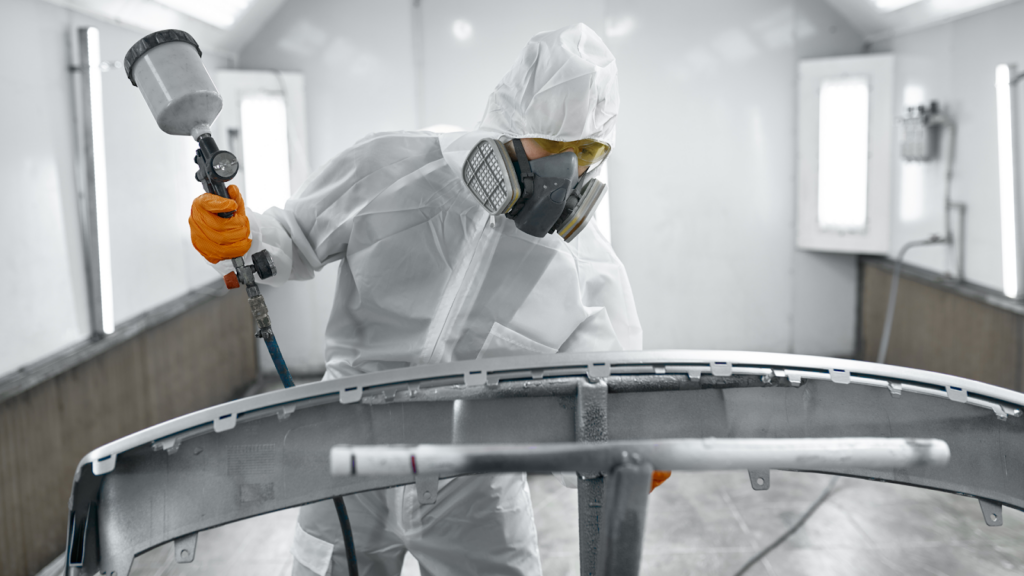MIL-A-8625 stands as a pivotal specification within the realm of metal surface treatments, serving as a beacon of quality and reliability for various industries, including aerospace, defense, and automotive. Established by the United States Department of Defense, this specification delineates the requirements for anodic coatings on aluminum and aluminum alloys. Anodic coatings are essential for enhancing the corrosion resistance of aluminum parts, improving their wear resistance, and allowing for better adhesion of paints and other coatings. The MIL-A-8625 standard is not just a set of guidelines but a testament to the rigorous quality and performance standards that metal parts and components must meet to ensure their durability, longevity, and effectiveness in critical applications. By adhering to this specification, manufacturers and engineers can significantly improve the performance and lifespan of aluminum components, making them more resilient in harsh environments and more reliable in high-stakes applications.
Understanding the Importance of MIL-A-8625
MIL-A-8625 is a key standard that marks a significant point in ensuring quality and reliability in the production and engineering of aluminum parts. This standard is crucial for protecting aluminum components from environmental damage, prolonging their life and boosting performance, especially in critical sectors like aerospace and defense where material failure is not an option. It mandates specific preparations and coatings for aluminum surfaces, leading to better corrosion resistance, harder surfaces, and more appealing looks.
These factors are vital for parts facing harsh conditions, heavy use, and where lasting durability is needed. MIL-A-8625 ensures consistent quality in coatings, making parts interchangeable across different systems. Overall, this standard is central to upholding safety, reliability, and advancing material treatment technologies in various industries.
Key Benefits of MIL-A-8625 Compliance
Compliance with MIL-A-8625 offers a myriad of benefits that extend across various facets of manufacturing and product performance. These benefits not only enhance the quality and durability of aluminum components but also contribute significantly to the overall efficiency and reliability of the products in which they are used. Here are some of the key advantages:
Enhanced Corrosion Resistance
One of the primary benefits of adhering to MIL-A-8625 is the substantial improvement in corrosion resistance. Aluminum parts treated according to this specification withstand harsh environmental conditions, including moisture, salt spray, and chemical exposure, much better than untreated parts. This quality is particularly crucial for components used in marine, aerospace, and industrial applications where resistance to corrosion is paramount.
Increased Surface Hardness
The anodic coatings specified under MIL-A-8625 significantly increase the surface hardness of aluminum parts, making them more resistant to scratches, abrasions, and wear. This improvement extends the lifespan of components and reduces the need for frequent replacements, contributing to cost savings over time.
Improved Aesthetic Appeal
Anodic coatings can also enhance the appearance of aluminum parts, offering a range of finishes, from matte to glossy, and can be dyed in various colors for aesthetic purposes or to denote specific functions. This versatility makes MIL-A-8625 compliant coatings suitable for visible components where appearance is as important as functionality.
Better Adhesion for Paints and Coatings
The specification ensures that the anodic coating serves as an excellent base for the application of paints, primers, and other coatings. This characteristic is crucial for parts that require additional treatments for protection, functionality, or aesthetic reasons, ensuring that subsequent coatings adhere properly and last longer.
Environmental and Safety Compliance
MIL-A-8625 promotes environmentally responsible and safe manufacturing practices. The specification includes guidelines for the safe handling and disposal of materials used in the anodizing process, contributing to safer work environments and minimizing environmental impact.
Application Methods of MIL-A-8625
The MIL-A-8625 specification outlines several methods for applying anodic coatings to aluminum, each tailored to achieve specific properties and performance criteria. Understanding these application methods is crucial for manufacturers to ensure compliance and optimize the benefits of the anodic coating process. The specification categorizes anodic coatings into different types and classes, which dictate the application method and the resultant coating characteristics. Here’s an overview of the primary methods:
Type I – Chromic Acid Anodizing
This method uses chromic acid to produce a thin, protective layer on the aluminum surface. It is typically chosen for its ability to enhance corrosion resistance without significantly altering the metal’s dimensions. Type I is particularly useful for parts with tight tolerances and where maintaining the original metal surface is crucial.
Type II – Sulfuric Acid Anodizing
The most common method, Type II, involves sulfuric acid to create a thicker, more durable coating than Type I. It offers excellent corrosion resistance and surface hardness, making it suitable for a wide range of applications. Additionally, Type II coatings can be easily dyed, providing aesthetic flexibility for visible components.
Type III – Hardcoat Anodizing
Type III, or hardcoat anodizing, uses sulfuric acid under specific conditions to produce a very thick and hard anodic layer. This method is ideal for components that require maximum wear resistance and durability, such as those used in aerospace or military applications. Type III coatings also significantly increase surface hardness and can extend the lifespan of high-wear parts.
How to Comply with MIL-A-8625 Standards
Compliance with MIL-A-8625 standards is crucial for manufacturers and suppliers aiming to meet the rigorous requirements for anodic coatings on aluminum and aluminum alloys. Achieving and maintaining compliance involves a comprehensive understanding of the specification’s requirements and a meticulous approach to the application processes. Here are key steps to ensure compliance:
Familiarize with the Specification
Begin by thoroughly reviewing the MIL-A-8625 document to understand the specific requirements, including types of anodic coatings, classes, and testing methods. This foundation is essential for setting up processes that meet the standard’s criteria.
Select the Appropriate Anodizing Type and Class
Based on the end-use of the aluminum component, select the anodizing type and class that best suits the application’s needs. Consider factors such as required corrosion resistance, wear resistance, and aesthetic preferences.
Control and Monitor the Anodizing Process
Implement strict control over the anodizing process parameters, including electrolyte concentration, temperature, voltage, and anodizing time. Regular monitoring and adjustments are necessary to ensure consistent quality and adherence to the specified coating thickness and properties.
Perform Quality Assurance Testing
Conduct regular testing of the anodized components as per the MIL-A-8625 requirements to verify compliance. This includes checks for coating thickness, corrosion resistance, abrasion resistance, and, if applicable, color consistency for dyed coatings.
Maintain Proper Documentation
Keep detailed records of the anodizing processes, adjustments made, testing results, and any corrective actions taken. Proper documentation is crucial for verifying compliance during audits and for tracing any issues back to their source.
Regularly Review and Update Processes
Stay informed about any updates to the MIL-A-8625 specification and regularly review your anodizing processes to incorporate improvements and ensure ongoing compliance.
Collaborate with Qualified Suppliers
If any aspect of the anodizing process is outsourced, ensure your suppliers are familiar with MIL-A-8625 standards and capable of meeting them. Supplier collaboration is vital to maintain the integrity of the supply chain and ensure the final product complies with the specifications.
Frequently Asked Questions
What industries most commonly use MIL-A-8625 compliant coatings?
Industries that commonly use MIL-A-8625 compliant coatings include aerospace, defense, automotive, and electronics due to the need for high corrosion resistance and durability in these sectors.
Can MIL-A-8625 anodic coatings be applied to alloys other than aluminum?
MIL-A-8625 specifically pertains to aluminum and aluminum alloys. For coatings on other materials, different standards and specifications would be applicable.
How does environmental legislation impact MIL-A-8625 anodizing processes?
Environmental legislation can affect the anodizing processes by imposing restrictions on the use and disposal of chemicals, such as chromic acid used in Type I anodizing, encouraging the adoption of more environmentally friendly alternatives or waste treatment methods.
What are the main differences between Type II and Type III anodizing under MIL-A-8625?
The main differences lie in the thickness and hardness of the coating; Type III (hardcoat) anodizing produces a thicker and harder coating compared to Type II, making it more suitable for parts requiring extreme wear resistance.
Can components with MIL-A-8625 coatings be repaired or recoated?
Yes, components can be repaired or recoated, but the process must be carefully managed to ensure the integrity of the anodic coating is maintained or restored in accordance with MIL-A-8625 standards.
How does the color of the anodized layer affect its properties?
While the color, achieved through dyeing during the anodizing process, does not significantly affect the physical properties of the coating, it can be used for identification, aesthetic purposes, or to indicate specific treatment types.
Is there a shelf life for MIL-A-8625 compliant coatings?
Anodized coatings themselves do not have a specified shelf life, but the protection they offer can degrade over time if exposed to harsh conditions without proper maintenance.
Can MIL-A-8625 coatings be applied to precision components without affecting their tolerances?
Yes, anodic coatings, especially those applied using Type I or Type II processes, can be controlled to thin layers that minimally affect dimensional tolerances, making them suitable for precision components.
What are the most significant challenges in achieving MIL-A-8625 compliance?
Challenges include maintaining consistent quality across batches, managing environmental and safety regulations, and ensuring the anodizing process is precisely controlled to meet the specific coating requirements.
How often should anodized components be inspected or tested for compliance with MIL-A-8625?
Inspection and testing frequency can vary based on the component’s application and exposure to harsh conditions, but regular testing is recommended to ensure ongoing compliance and performance.

